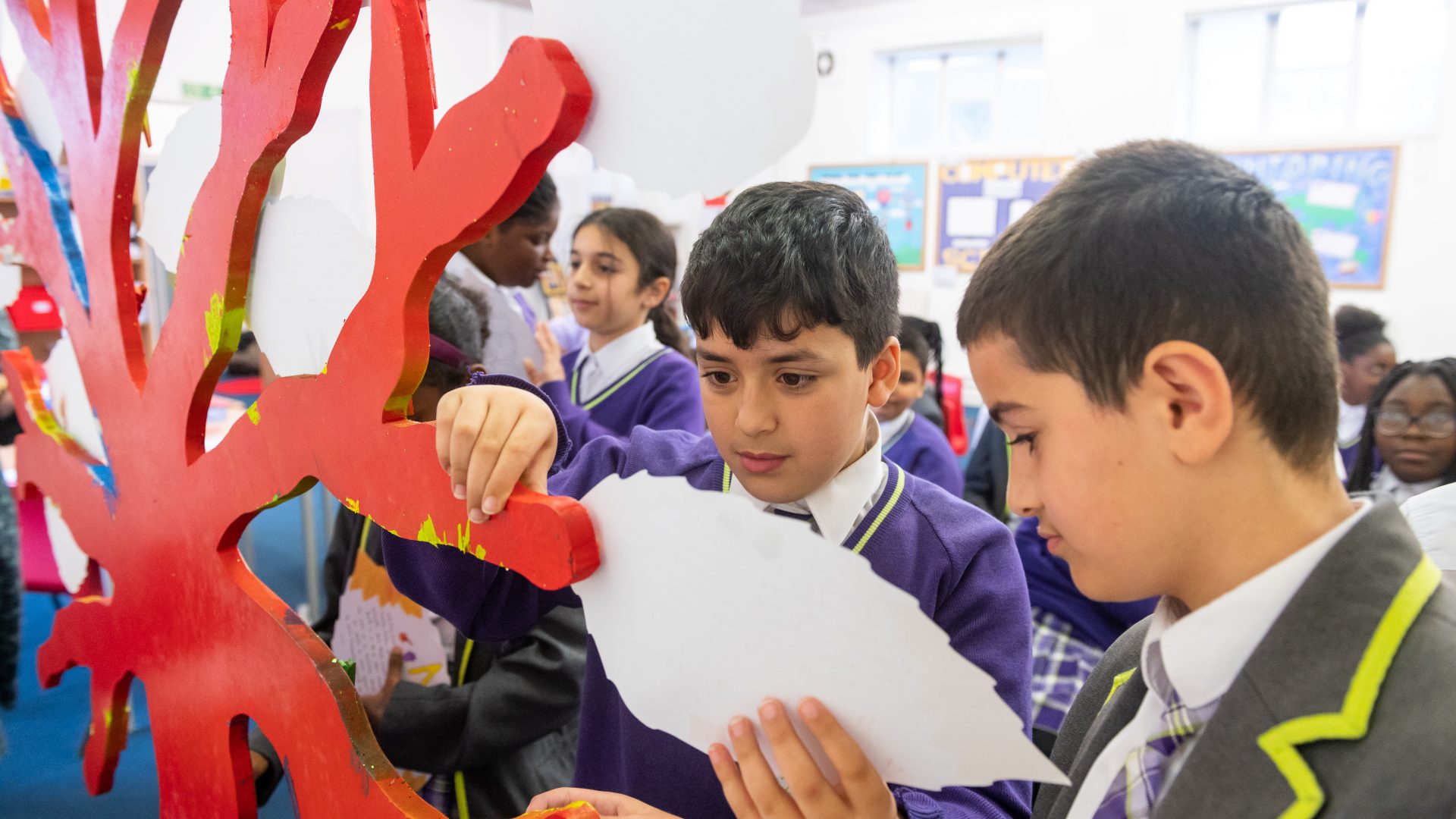Visiting an IntoUniversity centre during delivery is inspiring. You see young people coming into a space that they feel is home from home, a space where they can explore new skills, consider their future aspirations and complete school work that helps them to achieve their goals. You meet IntoUniversity staff who are dedicated to their students and who build positive relationships, often over a number of years. You also meet families who work with IntoUniversity to ensure that their children are receiving the best possible support in their ongoing education.
Before any of this can happen, though, a significant amount of work is required to ensure the feasibility of a new IntoUniversity centre. Our model is to create permanent physical spaces in areas with significant levels of disadvantage and low progression into higher education. The first step is therefore to identify the areas where our support can reach the highest number of young people in need.
A number of tools and datasets are available to assist in this; IMD (Index of Multiple Deprivation) allows us to view average household income throughout the UK. TUNDRA (Tracking Under-Representation by area) offers further insight, offering nationwide data on rates of participation in higher education. Finally, we use government data to ensure that there are enough primary and secondary schools in the local area that meet our threshold of free school meal eligibility, and proximity to potential centre spaces.
Using these tools the process of locating a suitable site can begin. But as IntoUniversity continues to grow, it is important to recognise that what is true when a centre is launched, may not always remain. Regular monitoring is required to ensure that our existing centres continue to serve the children most in need of additional support.
When is it time to reassess?
Areas change. Factors such as housing, employment and gentrification can have a profound impact on neighbourhoods and communities. IntoUniversity is alert to such changes and carefully studies trends and disclosures in weekly reports from centre teams. It could be that a centre with a historically long student waiting list suddenly finds itself with available seats in Academic Support. It could be that a teacher during Primary FOCUS mentions that there is a smaller than average reception cohort this year and that they will likely go from three-form to two-form in the coming years.
It could simply be observations by the centre team or families of students that the area is changing; we know that in some regions, gentrification is causing significant shifts in house prices and the perception of relative need in that area can change as a result. Often this gentrification actually masks some pockets of continuing need – the sudden presence of more affluent residents skewing data sets due to their close proximity to lower income households. This may affect the cultural dynamics of a community – something that may be felt in our centres, even as it would not affect our programme content or delivery.
All of these are indicators that we should revisit the tools that led us to the area initially and ensure that our resources are being used effectively.
The benefit of experience
In 2024 a ‘re-feasibility’ assessment was carried out in East Ham following the departure of one of our partner primary schools. The school had fallen well below our criteria of 30% of students eligible for free school meals and the question was raised as to whether this change in one school was representative of a wider change taking place in the area.
Firstly, mapping was carried out to look at schools in the area that IntoUniversity could potentially partner with. It found that there were a number of schools within 3km of the centre with more than 30% free school meal eligibility, meeting our criteria. In addition, we looked at the proportion of FSM in each year back to 2017. What was found was that the percentage was increasing year on year.
Another factor that was considered was the high number of families and children that were choosing to attend after-school academic support sessions. In 2023-24, after over a decade of presence and hard work in the area, 139 individual students attended Academic Support, which was in excess of the target set for established centres and competitive with others in London. The centre team were able to report high levels of student engagement in sessions, as well as satisfaction from families that they were getting to know over a number of years. In addition, there was a sense in the community that there had been little change to the number of other local provisions that supported students in their academic study, or higher education aspirations.
As a result of the study, we were very confident of our ongoing effectiveness in East Ham, the ‘re-feasibility’ work having reinforced the viability of the centre, and IntoUniversity’s place in the community in which it operates.
As we continue to grow, IntoUniversity will keep identifying areas where the students who need our support most can access our programmes. At the same time, we will continue to monitor the spaces in which we are already working successfully, ensuring that students most in need of support can always access our offer, and go on to enjoy the future they aspire to.

